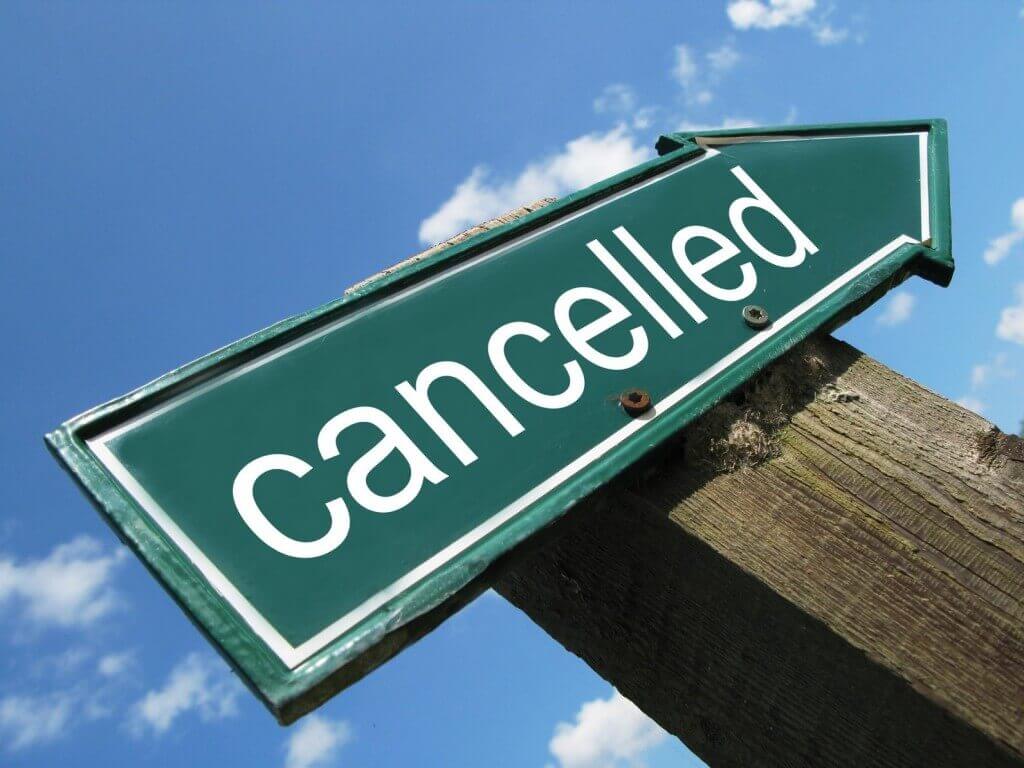
To entice consumers to book early, OTAs frequently advertise a free cancellation policy. Along with booking well in advance, the same tactic is used to encourage consumers to book multiple properties, which they can then choose from later.
But this all comes at a heavy price for hotels. Guests are incentivized to book without worrying about whether they’re certain about their choice. After all, they can always cancel if they change their mind. Unsurprisingly, this tactic has led to notoriously high OTA cancellation rates.
These rates vary significantly among the OTAs. For instance, hotels on Booking.com, (which heavily promotes their free cancellation policy), experience cancellation rates of around 40%. In contrast, hotels on Expedia (which doesn’t heavily advertise this policy) see a cancellation rate of about 20%.
Overall, approximately one in five online hotel bookings are cancelled, causing major headaches for hotel revenue managers everywhere.
On top of hurting a hotel’s bottom line, a property that relies heavily on OTAs for bookings will find it tough to make good revenue management decisions when so many of these bookings are cancelled.
Fighting back against this issue begins with having a better understanding of the booking and cancellation patterns OTAs employ, and then using proper revenue and rate strategies to combat them. Here are five tips worth considering:
#1: Require deposits or set non-refundable rates
The first step is to set stricter rate policies for any bookings that are made far in advance (aim for anything over one month). Cancellations tend to happen most commonly within one month before the arrival date, so this approach can help reduce that risk.
Ideally, you’ll also want to push this rate policy through channel manager to OTAs, as well as through your own direct channel. Being transparent and consistent across every touchpoint will ensure there’s no room for misunderstanding.
It’s worth pointing out that in some cases, OTAs will sneak in a flexible policy to a rate that would otherwise have a different (stricter) policy on the hotel’s own website. This is usually hard to catch since it’s not included on the rate shop report that hotels receive (if using a rate-shopping tool). However, in an often tactical game of cat and mouse, you can take this particular tactic one step further…
#2: Use advanced purchase rates with varying lead-time windows
This approach involves offering incremental discounts from Best Available Rate (BAR) based on how far in advance a guest books. For example, this could involve offering a 15% discount for booking 30 days ahead, 20% for booking 60 days in advance, and offering a 25% discount for booking 90 days out. The further out a guest books, the bigger the discount.




